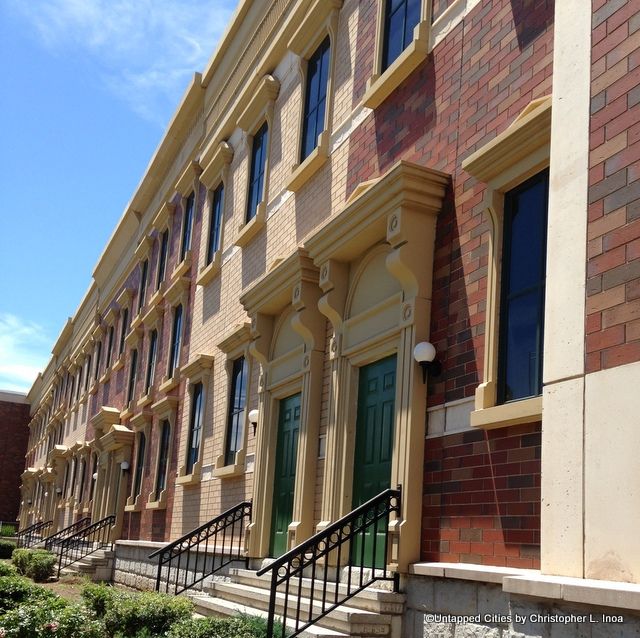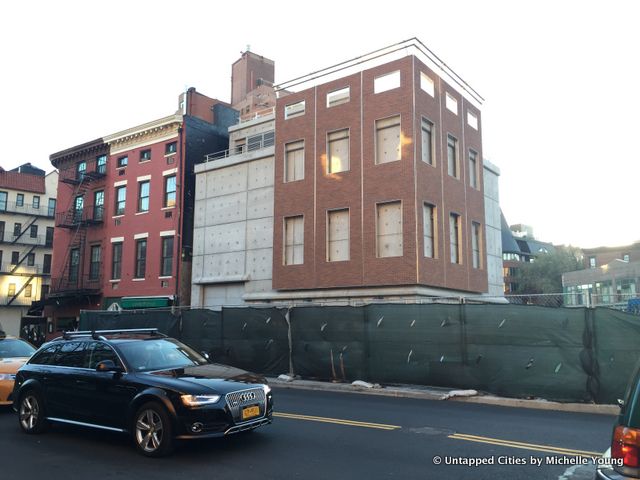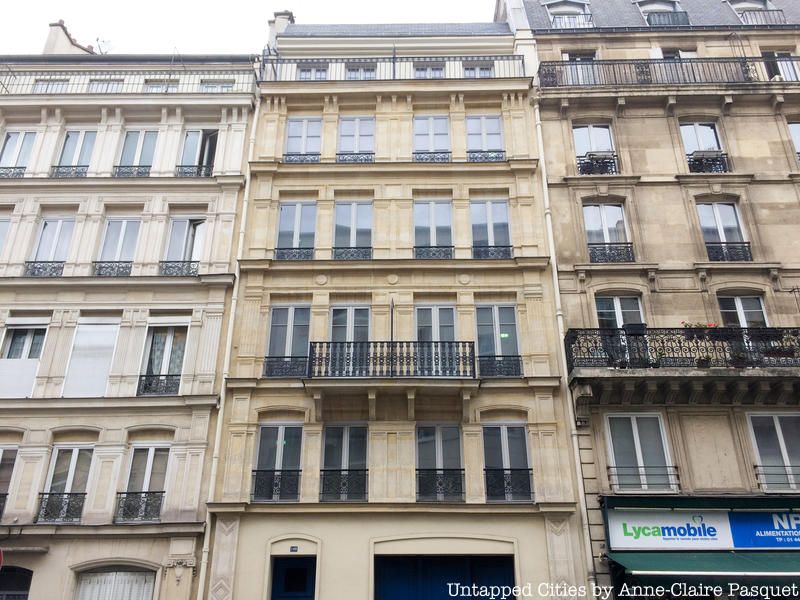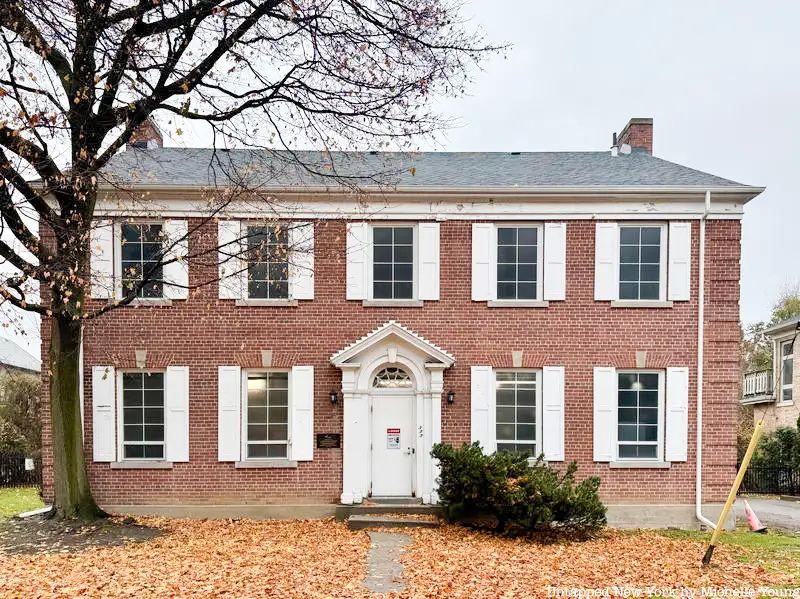Last-Minute NYC Holiday Gift Guide 🎁
We’ve created a holiday gift guide with presents for the intrepid New Yorker that should arrive just in time—


Infrastructure is an inevitable part of urban living. Subways and tunnels need ventilation, but the question is often–how to keep these functional spaces contained and away from the public eye? While many subway substations have been gutted and turned into apartments in New York City, other ventilation buildings have been concealed as residential townhouses. Here’s a roundup of these clever pieces of faux architecture in NYC, Paris, London and Toronto:
Strolling past the row of houses on Joralemon Street in beautiful Brooklyn Heights, you might notice that something is a little off. Take a close look at the red brick brownstone at number 58; the windows, you’ll see, are completely black. Suspicious, isn’t it? As it turns out, building number 58 is not what it seems; it is a fake brownstone, behind which lies a hidden subway ventilator. It also functions as a emergency exit.
According to the Brooklyn Daily Eagle, “the exit disguised as a brownstone leads to a grimy-lit set of metal stairs that ascend past utility boxes and ventilation shafts into a windowless room with a door. If you opened the door, you would find yourself on a stoop, which is just part of the façade.” BKLYN Magazine also wrote that the “cavernous interior once housed a battery of electrical devices that converted alternating current to the 600-volt direct current needed to power the IRT.” While it all sounds cool, retired General Superintendent of the MTA,
Robert W. Lobenstein, told visitors on a tour of substations that it’s not really that interesting inside.
Everyday people in Mott Haven in the Bronx walk around and see these townhouses, but never see anyone go in or out. They must wonder who lives inside: Why are there never any open windows? Is this the first sign of gentrification to hit the Bronx? The answer to all those questions, ridiculous or otherwise is that it is not a series of townhouses at all, but a substation run by Con Edison made to look like a small gated community.
Made to look like townhouses to appeal to the residents who were not happy with a substation being built in their neighborhood, Scouting NY reports that the substation was constructed in 2008 to meet energy needs for the neighborhood. It is one of many that Con Edison will be building around the city, due to the rise of commercial and residential buildings over the last decade.

Ventilation plant under construction. November 2015.
In 2011, the MTA proposed several designs for a facade to hide a future emergency ventilation plant at Mulry Square on Seventh Avenue and Greenwich Avenue, a famous plot of land known for its 9/11 memorial tiles (now on display at the Jefferson Market Library). The proposals faced vigorous opposition from community groups, local politicians and the Landmarks Preservation Commission who deemed that a floating,”faux historic” facade was the wrong approach. The design went through many iterations since 2007, including a living wall, a concrete modern design and some bland faux brick proposals.

In the 10th arrondissement of Paris on rue la Fayette, the windows are always dark on this Hausmann style building. The door is there, and the balconies look just like their neighbors, but they are hiding something unusual behind them. It turns out the façade is only a front with no building behind it. 145 rue la Fayette is a fake building hiding a ventilation chimney for the Paris métro.

Canadian Utility company, Toronto Hydro has taken a more suburban approach, though no less historical, putting substations into what appear to be single family homes. There are nearly 300 of these structures, like the Georgian-style one above at 555 Spadina Road, which form a nice catalogue of changing architectural preferences over the last decades from neo-Georgian to Victorian to Art Deco to Modern. The only sign of something afoot is the warning sign on the door, the plaque to the left of the front door which made by the Toronto Hydro Corporation in dedciation ot one of its board of directors, L. Ross Cullingworth.
In London at 23-24 Leinster Gardens in London also has a little secret. The facade, which matches with the rest of the block (except for the perpetually gray windows) is the front to an empty lot. The original buildings were demolished to build the London Tube in 1863 and used in action as a ventilation location for steam produced by the locomotives. In the back however, you can still see the tube tracks of the Metropolitan Line.
Subscribe to our newsletter